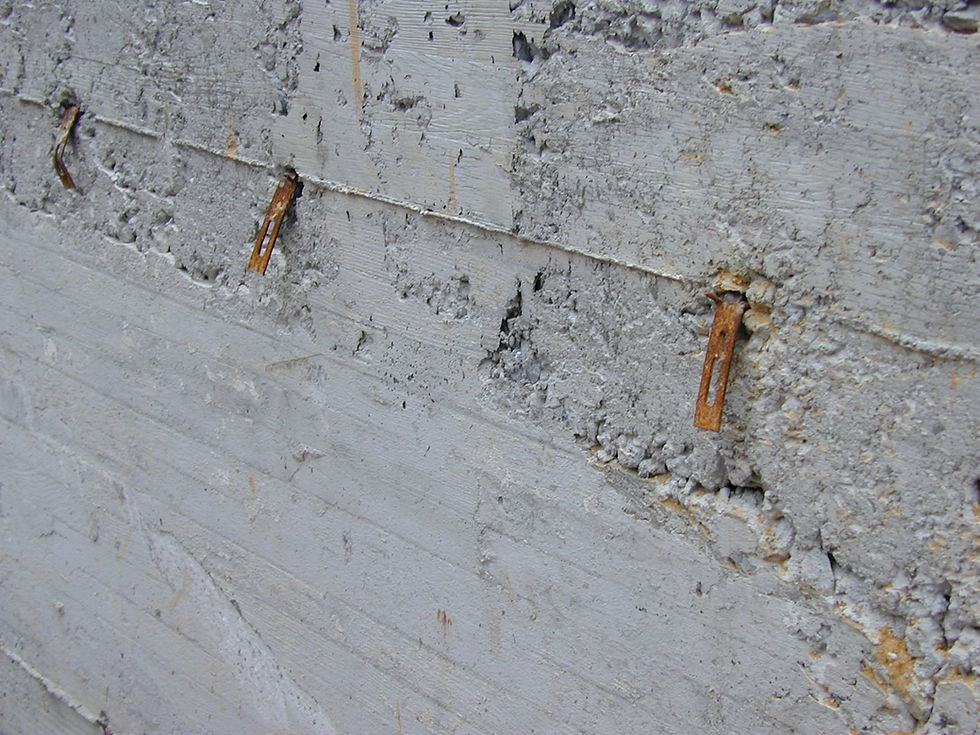CONCRETE COMPACTION
- P-Concrete

- Apr 3, 2020
- 2 min read
Updated: Oct 27, 2020
Why do I find significant differences when comparing the strength values of the concrete sample with the structure´ strength? There can be several reasons. While concrete curing is absolutely vital (please read the post “Concrete curing”), this post is aimed to briefly discuss about another significant reason: compaction.
The compaction of fresh concrete goal is to eliminate all the air trapped in the mass (or at least the most possible) in order to achieve the maximum density of the concrete set in place.

Vibration compaction can be divided into three phases:
initial phase of settling with volume reduction and adjustment of the mass due to the elimination of macroscopic voids
liquefaction of the paste
completion of vibration with air expulsion from the mass
The phase of compaction by vibration of the concrete is vital, as the more air remains trapped in the mass, the more voids will be present, which, of course, dramatically weaken the structure.
Phd Mario Collepardi has verified through experimentation that the concrete in the structure is less dense than the concrete of the samples. Higher density percentages are linked with increased consistency class of the concrete. In other words, the more fluid the casted concrete, the greater the quantity of air which is possible to expel with the compacting operations.

Hence it is evident that fluid concrete is simpler to compact and provide with the best results in terms of density of the final structure.
Nonetheless concrete (even fluid ones like S5) need vibration. How should it be performed?

The vibrating needle is probably the most used tool to compact the concrete. Here´s some tips:
Sliding of the needle head is to be avoided because this promotes concrete segregation and water bleeding.
The concrete casting must be performed by layers, thicker more or less 30 cm. Each and every layer must be compacted but, in order to avoid joints, the vibrating needle must enter the previous layer 10-15 cm.
The vibrating needle must enter the concrete mass in a vertical position and the distance between one immersion and another must be as regular as possible.
The vibrating needle must not touch the formwork or the reinforcement rods, as this would favor bleeding and reduce the reinforcement-concrete adhesion.
The compaction doesn't have to last too long, or gravel concretions or honeycomb will occur.

Yes compacting a sample is fairly easy, it´s not that easy to have the same precision in compacting concrete while realizing structures, but if these simple suggestions will be applied the results can be surprising.













Comments